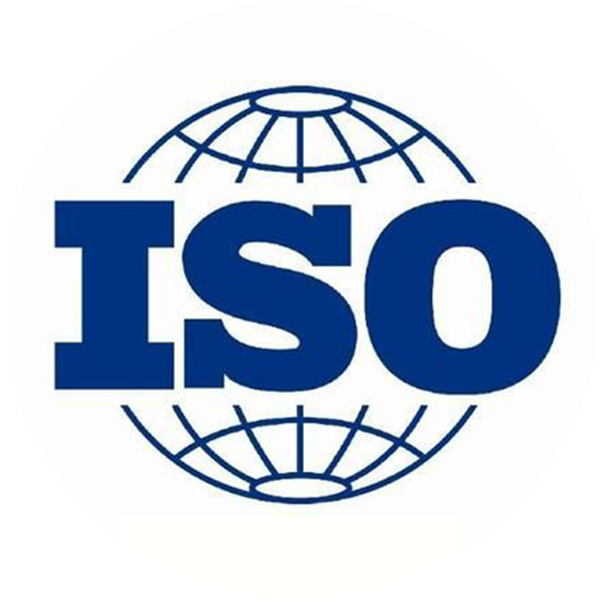NEWS
Metal Heat Treatment
Metal heat treatment is one of the important processes in mechanical manufacturing. Unlike other processing techniques, heat treatment generally does not change the shape and overall chemical composition of steel and iron products; instead, it alters the internal microstructure of the products or modifies the surface chemical composition, thereby endowing or improving the performance of the products. The purpose of metal heat treatment is to enhance the intrinsic quality of metals, ensuring they possess the required mechanical, physical, and chemical properties. Alongside reasonable material selection and various forming processes, heat treatment is often indispensable. Steel is the most widely used material in the machinery industry, and its complex microstructure can be controlled through heat treatment; thus, the heat treatment of steel is a major aspect of metal heat treatment.
Heat Treatment Process
The heat treatment process generally includes three stages: heating, holding, and cooling. Sometimes it may only involve heating and cooling. These stages are interconnected and cannot be interrupted.
Heating is one of the critical steps in heat treatment. There are numerous heating methods for metal heat treatment. Initially, wood charcoal and coal were used as heat sources, but recently, liquid and gas fuels have started to be utilized. The application of electricity has made heating easier to control and has reduced environmental pollution. These heat sources can heat directly or indirectly through molten salts, metals, or even floating particles.
The heating temperature is one of the essential parameters in the heat treatment process. Selecting and controlling the heating temperature is a primary concern for ensuring the quality of heat treatment. The heating temperature varies according to the metal material being processed and the purpose of the heat treatment; typically, it is heated above the phase transformation temperature to achieve a high-temperature structure. Moreover, phase transformations require a certain amount of time, so once the metal surface reaches the desired heating temperature, it must be maintained at that temperature for a specified duration, ensuring uniform internal and external temperatures, which allows for the completion of microstructural transformations. This period is referred to as "holding." When using high energy density heating and surface heat treatment, the heating speed is rapid, generally without a holding time, while chemical heat treatment often requires a longer holding time.
Cooling is also an indispensable step in the heat treatment process. The cooling method varies depending on the process, primarily controlling the cooling speed. Typically, annealing has the slowest cooling rate, normalizing has a faster cooling rate, and quenching is faster than normalizing, although different steel grades have varying requirements.
Process Classification
Metal heat treatment processes can be broadly classified into three categories: overall heat treatment, surface heat treatment, and chemical heat treatment. Each category can be further divided into several different heat treatment processes based on heating medium, heating temperature, and cooling method. Different heat treatment processes applied to the same metal can yield different microstructures and, consequently, different properties.
Overall heat treatment involves uniformly heating the metal and then cooling it at an appropriate rate to achieve the desired metallographic structure, thereby altering its overall mechanical properties. The overall heat treatment of steel generally includes four basic operations: annealing, normalizing, quenching, and tempering.
Annealing: This involves heating the metal to an appropriate temperature, maintaining a different holding time depending on the material and metal size, and then slowly cooling it. The aim is to allow the internal structure of the metal to reach or approach a balanced state, thereby achieving good process performance and serviceability.
Normalizing: This process involves heating the metal to an appropriate temperature and then cooling it in air. The effects of normalizing are similar to those of annealing, but the resulting microstructure is finer. It is commonly used to improve the cutting performance of materials and sometimes serves as the final heat treatment for less demanding components.
Quenching: This involves heating the metal, maintaining it at temperature, and then rapidly cooling it in a quenching medium, such as water, oil, or other inorganic salts or organic solutions. After quenching, the steel becomes hard but also brittle.
Tempering: To reduce the brittleness of quenched steel, the steel component is held at an appropriate temperature above room temperature and below 650°C for an extended period before cooling. This process is known as tempering.
Surface heat treatment involves heating only the surface layer of the metal to alter the mechanical properties of the surface layer. To achieve this, a heat source with a high energy density is required to provide significant thermal energy to the metal in a short time, ensuring that only the surface or a localized area reaches a high temperature. The main methods of surface heat treatment include flame hardening and induction heating. Common heat sources include oxyacetylene, oxypropane, induction currents, lasers, and electron beams.
Chemical heat treatment refers to processes that alter the chemical composition, structure, and properties of the metal surface. This involves placing the metal in a medium containing carbon, salt, or other alloying elements (gases, liquids, or solids) and heating it for an extended period, allowing elements such as carbon, nitrogen, boron, or chromium to diffuse into the metal surface. After element diffusion, additional processes such as quenching and tempering may be performed. The main methods of chemical heat treatment include carburizing, nitriding, and metalization.
In summary, metal heat treatment is a crucial process in the manufacturing of mechanical parts and molds, as it can ensure and enhance various properties of metals, such as wear resistance and corrosion resistance. Additionally, it can improve the microstructure and stress state of the blanks, facilitating various cold and hot processing operations.
LOGO
This stunning beach house property is a true oasis, nestled in a serene coastal community with direct access to the beach.
Opening Hours
Monday - Friday : 9AM to 5PM
Sunday: Closed
Closed during holidays
Contact
+18888888888
hezuo@eyingbao.com123 West Street, Melbourne Victoria 3000 Australia
2018
Establishment time
200+
Number of Employees
3+
Subsidiaries
3,000 tons
Monthly Capacity
4+
Production Lines

Assurance
*We respect your confidentiality and all information are protected. Maybe the time difference, We will respond to your inquiry message within 12 hours at the latest.

